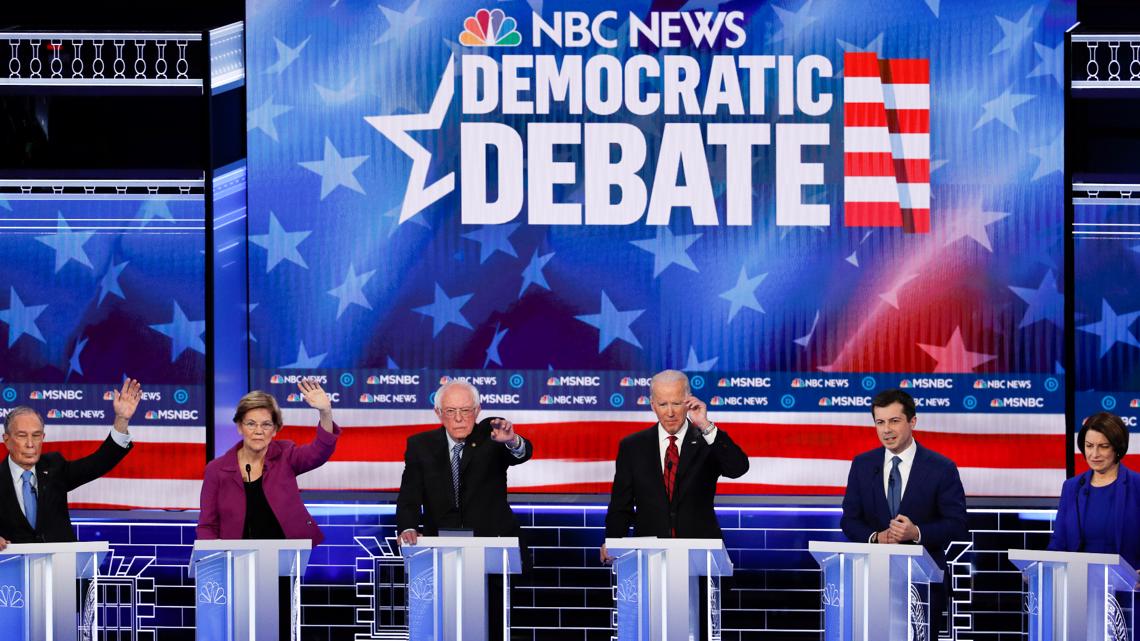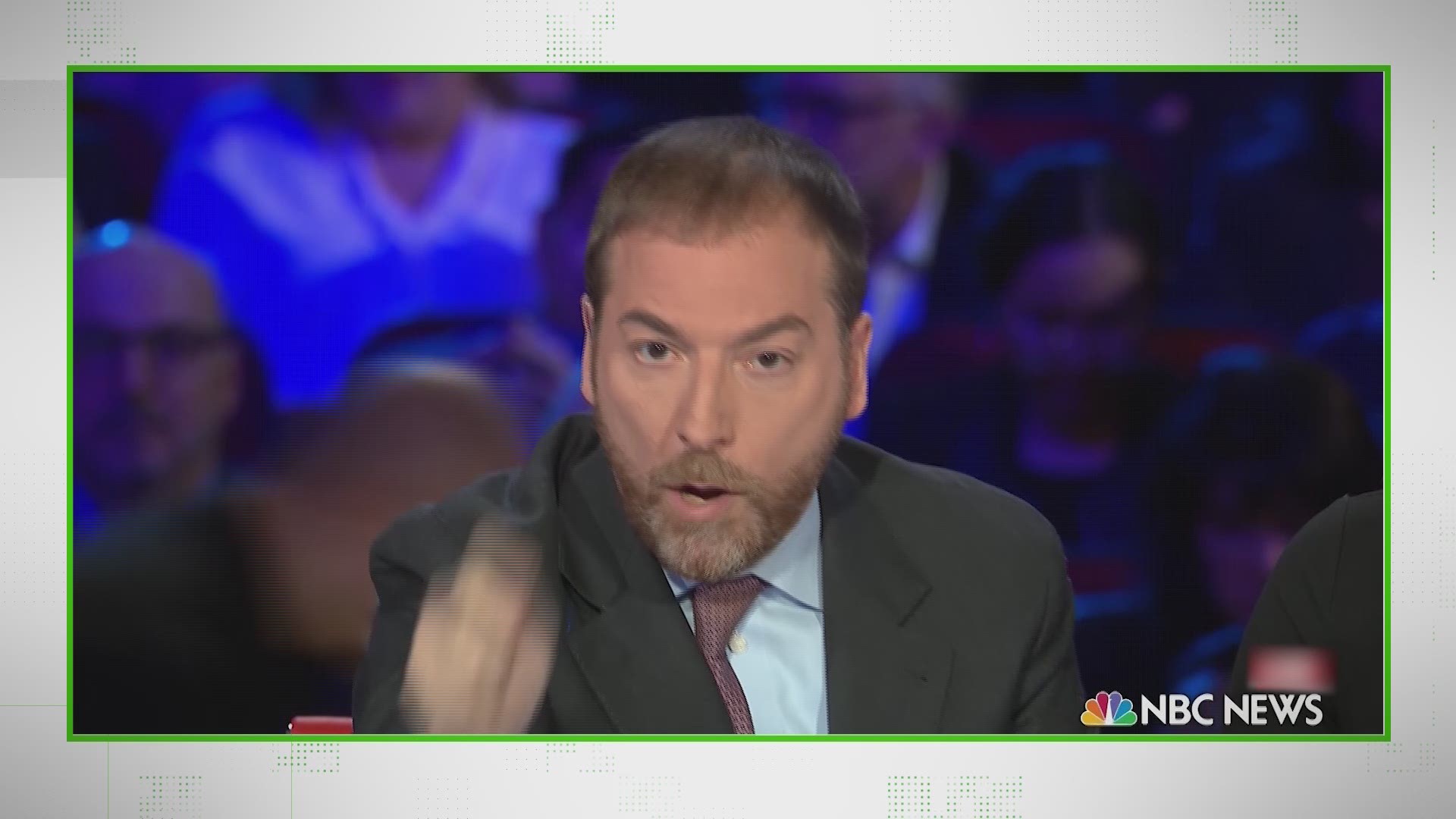As the Nevada Democratic debate was drawing to a close, moderator Chuck Todd asked the candidates a question yet to be asked at any of the other debates.
“Should the person with the most delegates at the end of this primary season be the nominee even if they are short a majority?”
Most of the candidates said the process should play itself out. One candidate, Senator Bernie Sanders, decried the role of superdelegates and said the person with the most votes should win.
If the person with the most votes doesn’t win, what exactly is the process the candidates are referring to? What is a superdelegate? Just how, exactly, does the Democratic presidential nomination process work?
WHAT WE FOUND
The person with a majority of the delegates will win the Democratic nomination. If that happens in the first round of votes, that’s the end of it. If no one has a majority, that’s when it gets messy.
But before we talk about the possibility of it getting messy, let's first go over how the delegates are counted.
The Democratic National Convention has two kinds of delegates: pledged and automatic. Pledged delegates are the delegates candidates earn from competing in state primaries. Automatic delegates are the superdelegates Sanders referred to.
Pledged delegates are people within the states chosen to represent votes for a specific candidate. Automatic delegates are people like Democratic members of Congress, former presidents, Democratic National Committee members and former committee chairs.
The number of pledged delegates a state has each year is determined by the state’s total population and its number of Democratic voters. If two states have close to the same population but one state has a larger share of Democratic voters, that state will have more delegates at stake.
Each state is divided into districts no larger than Congressional districts. Those districts make up 75% of a state’s delegate total, while the state as a whole is worth 25% of the state’s delegates. A presidential candidate needs to win at least 15% of the vote in a district or the state at-large in order to win delegates.
Potential delegates must declare a presidential candidate they support. States give the candidates a list of potential delegates who support them and the candidate selects which ones will represent the state’s vote for them if they win delegates.
There are 3,979 pledged delegates at stake. So in order to gain a majority, a candidate must win 1,991 delegates. If a candidate gets at least 1,991 delegates, there is no need for additional rounds of voting. The candidate with the most pledged delegates wins.
Now if there isn’t a candidate with 1,991 delegates after the first round of voting, we get what is called a contested or brokered condition. At this point, 775 delegates with 771 votes (eight have half votes) can vote for a nominee.
When this happens, the total number of votes becomes 4,750, meaning a candidate must get 2,375.5 votes for a majority to win the nomination. The Democratic National Convention can continue to hold additional rounds of voting until someone gets a majority.


In the case of the vice presidential nomination, the automatic delegates can vote right from the get-go. They don’t have to wait until the second round like they do in the presidential nomination.
Except, there is one case in which automatic delegates get to vote in the first round. If there is a candidate with at least 2,376 votes in the first round, their victory is a foregone conclusion. The automatic delegates can vote in that round because they won’t change the results.
These numbers aren’t exactly the same every year. Since automatic delegates are chosen in-part based on the number of Democrats in Congress, it can change from year to year as the legislature changes year to year.
Automatic delegates always got to vote in the first round in previous Democratic National Conventions, and their role in the nomination process became a contentious issue in the 2016 race. The Democratic National Convention limited their role to later rounds of voting in 2018.
SOURCES:
Something you’d like VERIFIED? Click here to submit your story.


